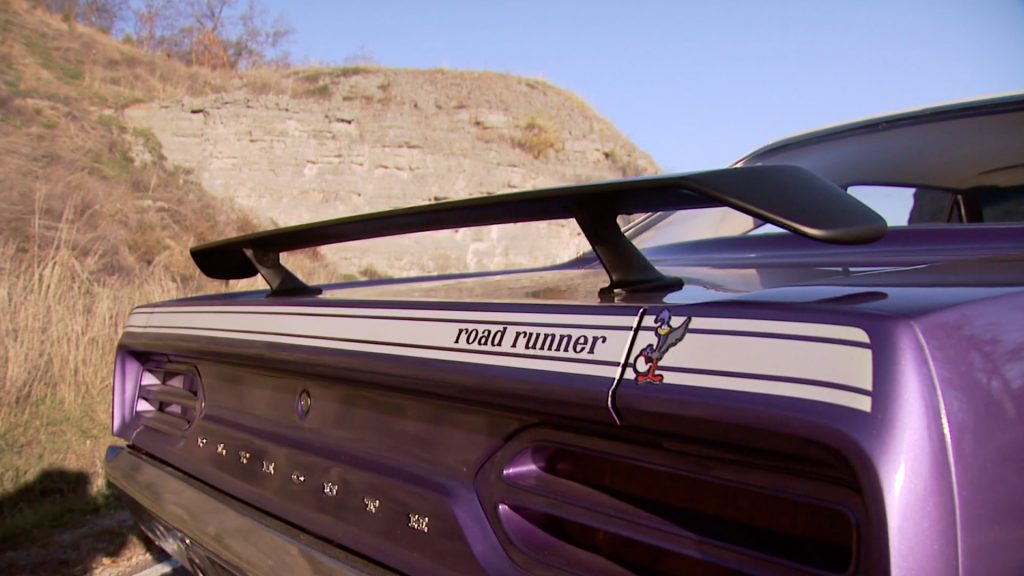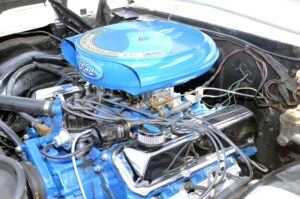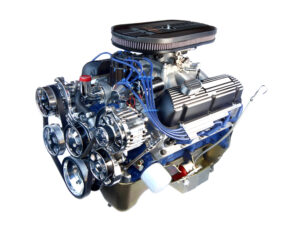The Road Runner: A Once Affordable Muscle Car With a Big Price Tag Today

Meep meep. Sound familiar? We’re not talking about Looney Tunes here, we’re talking about THE Road Runner. You know, the muscle car with no air conditioning, trims, carpeting, cruise control, or radio? Yeah, that one. Well, we’re here to tell you about this once cheap muscle car and why it’s a highly desired and sought-out piece of history worth a pretty penny.
If you lived it, you know the ’60s were the “golden era” of muscle cars. The era produced icons like the Ford GT40, Pontiac GTO, Chevrolet Corvette Stingray, Shelby Cobra, Dodge Charger, and Ford Mustang. Also in that time, the Plymouth Road Runner – a car that that Plymouth invested $50,000 to Warner Brothers Studios to obtain its name and likeness – made its debut.
During that span of history, the Road Runner was, without a doubt, the car to own. Not only was it smoking Ford and Chevrolet as one of the fastest muscle cars available, it cost significantly less than other muscle cars in its class that were drenched with luxury additions. Fast? Yes. Affordable? Also yes.
One aspect of the Road Runner that put it in different company is that it came with the optional and highly sought out Hemi V8, making the incredibly rare Plymouth Hemi Cuda so popular, not to mention how much that car is worth today.
What Made the Road Runner Revolutionary?
Even today, the Road Runner is widely considered as one of the best cars Plymouth put their hands on. Chrysler made sure to make the car as potent as possible by using a Hemi and keeping it as light as possible, even if that meant sacrificing some of the “luxuries” you found in the competitors. It was a recipe for success – and speed.
The car itself was based on the Belvedere, but it weighs significantly less and was much more affordable than its counterpart. The car was raw brute force, even if it meant sacrificing the air conditioning, carpeting, and radio. Besides, who needs a radio when you can have pipes straight off the header and no cats.
Due to its cost and unbridled horsepower, the car was extremely popular with “moonshiners” of that era for one reason – it could outrun the police – but all around, it was an exceptional vehicle that checked off so many marks for its target market.
Road Runner Fun Facts
When it comes to performance, it was the 1970 Road Runner that took the cake. In the engine bay was a 440-cubic inch (6.2L) V8 engine. It came standard with heads, 440 camshaft, and intake manifold. This setup yielded 355-horsepower, which is still impressive by today’s standards. The 440ci engine that came equipped with a four-barrel put out 375-horsepower, and the six-pack 385-horsepower. The king of them all – the 7.0-liter Hemi V8 – boasted a monstrous 425-horsepower.
The functional Air Grabber hood was responsible for forcing air directly into the engine, which was operated by a lever inside the cabin. When the car was shut off, the Air Grabber would close and keep the engine from dust particles or other contaminants.
The 1970 Road Runner Superbird was built with an even more aerodynamic body shape, and it could achieve speeds in excess of 150 mph from the factory. With some minor revisions, it could achieve speeds of 180 mph, but Chrysler took it further when they set a record by reaching 200 mph. To this day, rumors circulate that the Road Runner Superbird was created to lure Richard Petty from Ford and into a Plymouth. Sounds a bit petty, doesn’t it?
How Were Road Runner Sales?

In the golden era, the most popular cars on the road were four-door sedans and two-door cars with four seats. Like other Mopar’s in that time, the Road Runner had a long and flowing body style, meaning there was more room for storage and friends. The cartoon graphics, charming name, and simplicity were Plymouth’s vision coming to fruition.
The initial sales target for Road Runner was to sell 20,000 units. However, they exceeded that figure significantly by getting 45,000 orders, which helped them to achieve third on the muscle car top sales list. The only two models that sold more? The Pontiac GTO and Chevelle SS, which were already proven muscle cars.
When The Coyote Caught the Road Runner
Although the 1970’s Road Runner was a hit for the auto manufacturer, it was also a bad time to be a muscle car. Even with its sleek design, performance ability, and cartoon name, the Road Runner was tracked down by Wile E Coyote, aka President Nixon, who then had insurance companies add surcharges to muscle cars due to their gas-guzzling tendencies and speed. Unfortunately, the original vision of an affordable muscle car began to fizzle out.
Instead of the obvious cost-cutting measures to slash prices of the Road Runner for its loyal base, Plymouth decided to design the Duster, an A-body coupe with a V6 option that increased to a 340ci V8. It also boasted a decent price tag.
As such, the Road Runner sales began to fade because of the Duster. As we reached 1971, a newer generation of muscle cars with a distinct look took over. The compression ratios plummeted to combat rising insurance prices and became more of a luxury-oriented car, falling away from its roots.
How Much Does a Road Runner Cost Today?
It’s not so much the cost, it’s more about finding one. Those who own them aren’t willing to let them go, and those who do? They’re probably someone that received it from a parent or grandparent and doesn’t know what it is. A Road Runner in decent shape today that requires a bit of work can run you anywhere from $20,000 to $30,000. A Road Runner in exceptional shape? Hagerty says it could cost you in excess of $75,000.
If you can find one, a 1970 Road Runner with the notorious Hemi V8 could easily net $100,000 because collectors have no problem tossing around money for this piece of American muscle car history.









